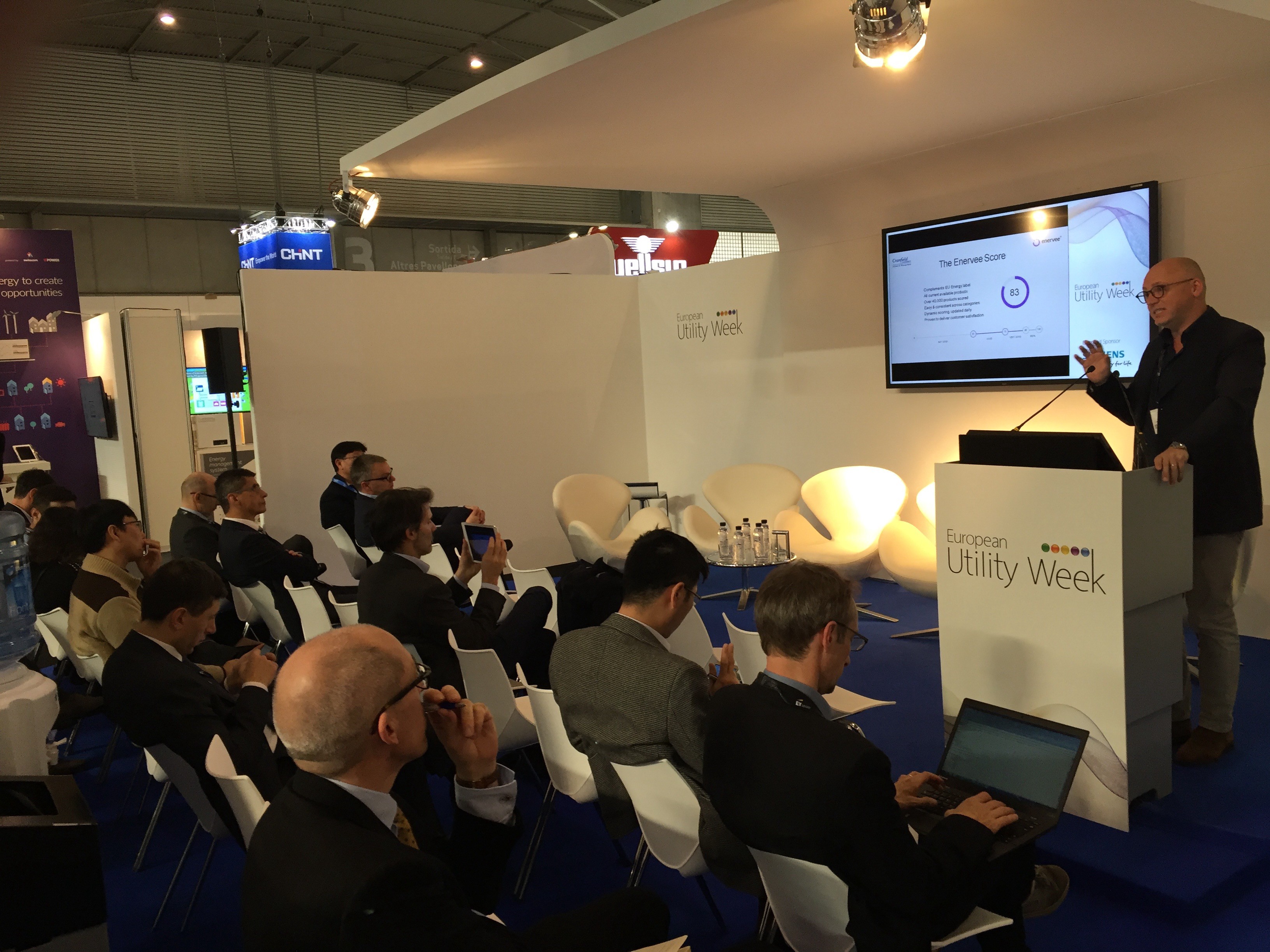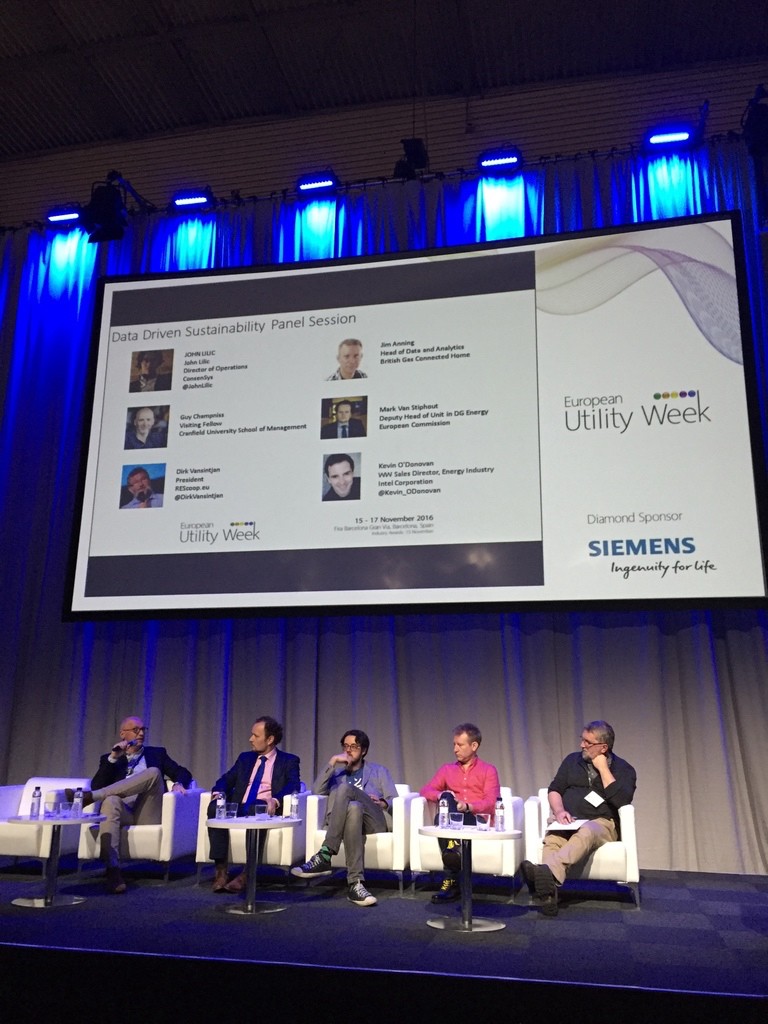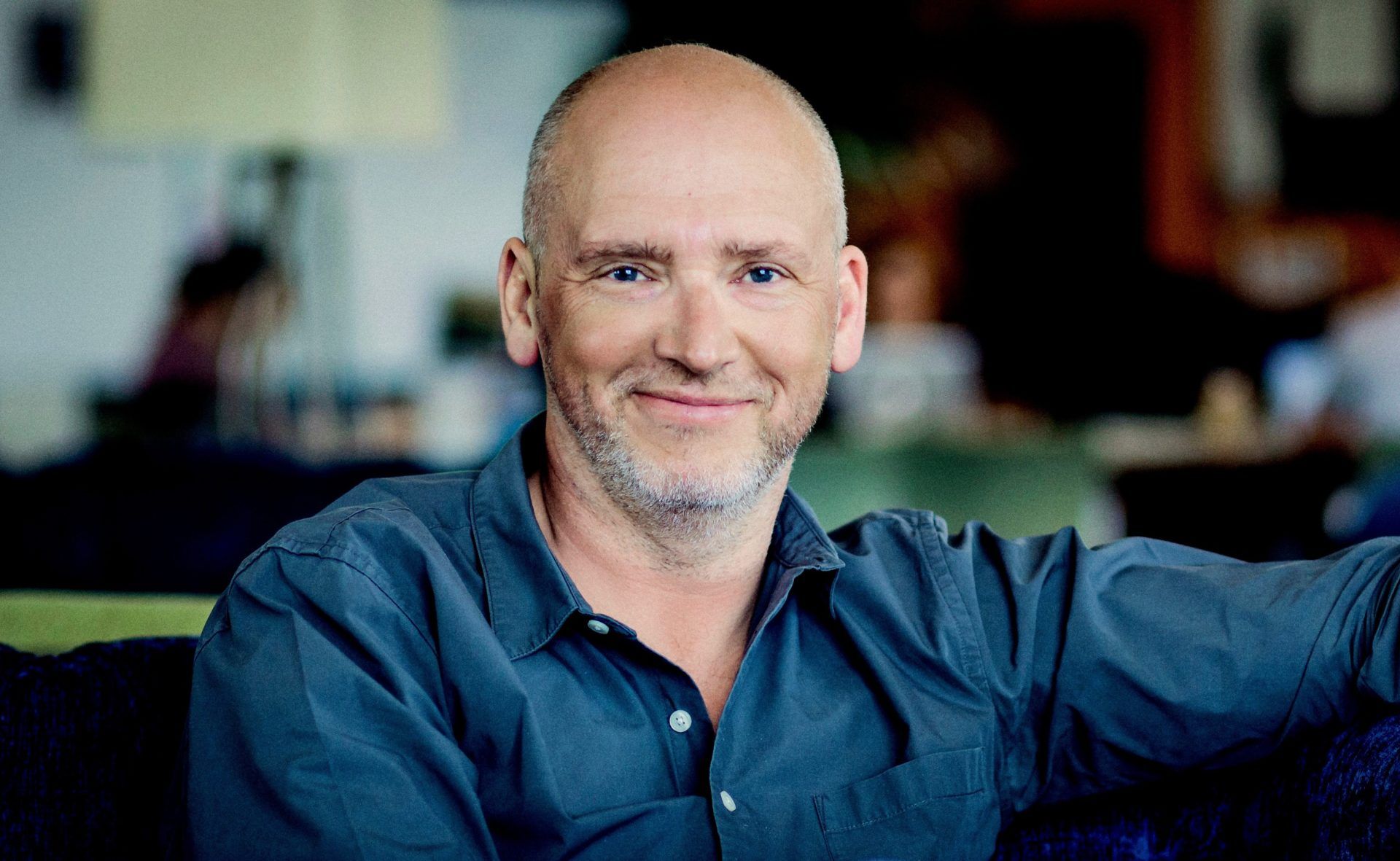Barcelona — the home of a great football team (Soccer for our American friends), the half-finished Sagrada Familia and…cutting edge heating technology. OK, well maybe not the latter most of the time, but for a few days in November, the city played host to European Utility Week. Enervee had the privilege of being involved in not one but three sessions at the conference. So here are our three headlines that sum up what we heard, saw and thought over two days crammed with smart plugs, smart meters and not so smart coffee machines.
Disaggregated data means…disinterested householders?
At numerous stalls within the exhibition were various disaggregation service providers. All had great looking apps and showcased what they claimed was the uniquely predictive power of their particular algorithm. With some of these propositions, the level of investment is quite staggering, especially when you look at the revenues most of these companies are generating. There’s a lot of expectation with these services.
Enervee had the honor of both speaking and moderating at one of the sessions looking at data-driven behavior change, and this involved plenty of discussion around the role and impact of disaggregated smart meter data for changing consumers’ behavior. But uh-oh.
In an impressive presentation in this session by Dr. Friedrich Wilhelm Knebel, an enormous randomized controlled trial in Hungary with several utility companies as partners showed that the effect of providing consumers with disaggregated data was…zero.
No single effect in terms of modifying behavior around usage and tariff selection was found. A sobering presentation of a study on a massive scale, which at the very least calls into question the consumer value proposition of smart meters and disaggregated data. And of course, a credible and compelling value proposition is crucial, as it’s consumers that have to pull this technology and capability into their homes and lives.

The future of the utility company is neither technology-led nor consumer-led.
We also took part in a panel within the summit sessions of the event that asked the question whether the sustainable utility company would be delivered through technology-led innovation or consumer-led innovation. Predictably, the view of the panel that it would be both. From Enervee’s perspective, while we agreed technology is crucial, we proposed that without factoring in the need for the appeal to transcend the technically capable to the socially desirable, we’d never see the wholesale dramatic steps taken to transform both the industry and consumers’ relationship with energy. Another interesting point of view in this discussion came John Lilic of ConsenSys, who wondered aloud if the blockchain could potentially disrupt and ultimately dismantle the traditional utility’s hold on the generation, distribution and delivery of power.

It’s all about behavior change — in more ways than one
There was a lot of discussion about changing consumer behavior. After the conflicting accounts from disaggregated service providers and the massive trials now being rolled at national levels, we chimed in with our own RCT results (which are on a somewhat more modest scale than those from Dr Knebel and Hungary!). Rather than focusing on continuous behavior change strategies, we highlighted how behavior change at a crucial moment is not only possible but most likely easier when you stay clear of messing around with trying to change people’s attitudes. We presented data from a string of studies Enervee has run that show how a range of simple interventions can lead everyone to choose more efficient, meaning the savings are baked in for the lifetime of the product. A more efficient intervention, done more effectively, with greater savings for the effort.
But the other key behavior change needed in the eyes of utilities is how consumers behave toward their utility. The game seems to be moving quickly to one of ‘how can we engage’? It’s fair to say that while this question has been asked by most other consumer-facing categories for decades, utilities are relatively new to this. As Joachim Gruber from EnBW responded in the final Q&A we moderated: “Consumers? Oh, you mean meter-reading points?’ He was joking, but it was clear there was some truth in the response. Utilities are having to learn quickly what it means to engage consumers to unlock new revenue opportunities, and that with those opportunities come a whole raft of responsibilities.
Which takes us back to the opening piece on smart meter disaggregation. Despite the hype, hope and investment, it seems consumer engagement is largely absent from that play at present. If only there was a proposition that could complement the disaggregation algorithms and give consumers something of real value. For example, how about an appliance platform that allows consumers to instantly compare their in-house product performance from their smart meter with what the best available alternatives are in the market. A platform that reveals not just energy savings, personalized to the homeowner in real time, but best purchase prices, utility-backed rebates and installation services. In short, everything to make the disaggregated data valuable to the consumer.
It’s an idea….
